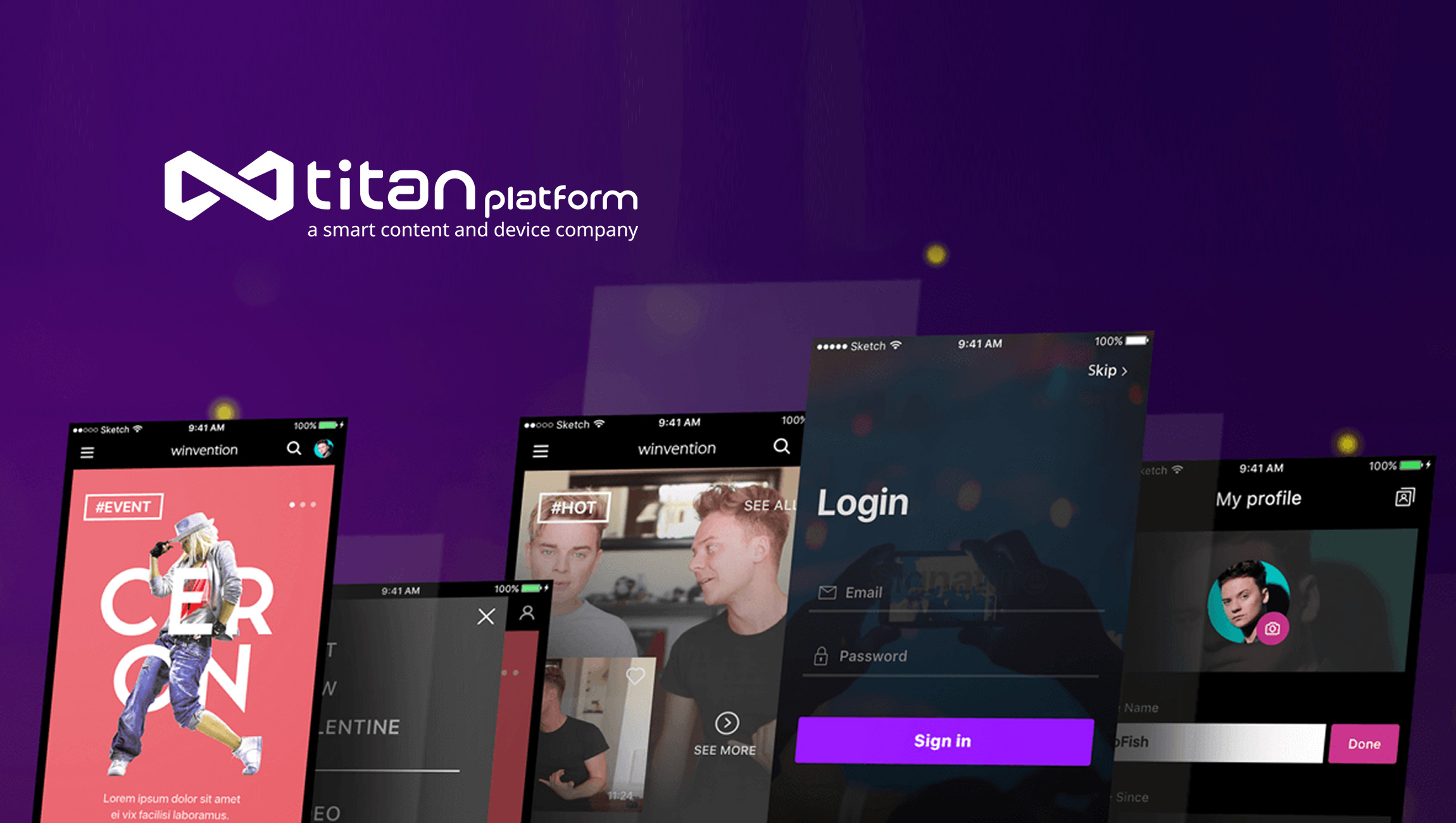Part Three of the Predictions Series for 2018 Covers Futuristic Insights on Marketing to the Millennials, Mobile Marketing Trends, and the Changing Face of Contextual Targeting
The Holiday Season is over, and the New Year has brought a fresh battery of B2B marketing ideas to showcase what modern marketers are set to achieve in 2018. 2017 has been a big year for B2B tech with the rise of Alexa for business and increased integration of machine learning technologies.
On the top of every marketers’ list is the millennial buyer and a community of loyalists, who would not just buy but also advocate, influence and nurture other prospects. In our Part Three of the Predictions Series 2018, we gathered predictions on what top-of-the-line marketers and business leaders think about B2B marketing in 2018, keeping in mind the millennials, mobile marketing trends, and the changing face of contextual targeting.
Part 2 Predictions Series 2018: Top Insights on the CMO’s Best Allies, Content Marketing, and the Art of Story-Telling for Brands
Here is what B2B tech leaders shared about B2B marketing in 2018.
2018 Will Be the Year of Gen Z for Marketers
So, millennial consumers are pacing sales transformation already. In her guest post, Brenna Vallar of the ABC Creative, mentioned, “With the constant exposure to media, millennials have already witnessed the major missteps and triumphs of brands, resulting in a different set of expectations for advertisers.” So, marketing to millennials is ‘mission numero uno’ for organizations.
Brand Messaging to Reflect Relevant Connectivity with the Millennial Buyers

Sara Spivey, CMO at Bazaarvoice, predicts that marketing in 2018 would be all about ‘millennial engagements’. Sara said, “Gen Z consumers are coming of age and they command $44 billion in buying power. In 2018, marketers will need to pivot their “marketing to millennials” mindsets to reach this younger audience. Generation Z is value-oriented, inclusive and socially conscious. Rather than marketing to “all about me” consumers, companies need to adapt to Gen Z’s “all about us” mentality and reflect that in their business practices and brand messaging to earn their attention and loyalty.”
Which Company is Set to Transform and Scale Brand Influence Among Millennial Consumers?
Top Versus Down-Funnel Content Strategies: What’s Going to Be More Influential in 2018?

Kim Kosaka, Director of Marketing, Alexa, suggests, “As businesses increasingly turn to aggressive growth hacking experimentation in 2018, the corresponding challenge for marketers will be identifying which growth metrics are truly most relevant and worthwhile to their brand — and finding ways to sufficiently measure that data and confidently refine strategy based on that knowledge.”
Year-Ender 2017: 10 Extraordinary Martech “Moments” of the Year
Kim adds, “The success of growth hacking is undoubtedly dependent on accurate and reflective data to identify gaps in strategy, areas for improvement, and (ideally) successful tactics that deserve more investment. But, what will really become more utilized in 2018 is marketers taking a longer-term, down-funnel look at the metrics that matter.”
Recommended Read: Top B2B Marketing Philosophies of 2017
Kim explains, “Take content marketing as one key component many brands use as part of an overall growth hacking strategy, for example. Currently, brands’ content marketing campaigns are measured in a decidedly top-of-funnel way, usually hinging on metrics such as site engagement, page views, visitors, social shares, etc. But, those metrics are probably too superficial to tell the full story of how execution is ultimately driving conversions and building brand loyalty.”
“Look for 2018 to accelerate growth hackers’ understanding of whether the top-of-funnel content is influencing conversions by introducing their brand to new visitors that convert weeks or months down the line (and exactly which content, authors, topics, format, media mix, or other variables are doing the best job at that),” added Kim.
Recommended Read: Marketing Strategies Turn to Mobile for Data and the Role of AI in 2018
Self-Service Customer Experiences Powered by Marketing Automation and Data Management
Increased Focus on Self-Service

CloudCraze
Ray Grady, CCO and President of CloudCraze on Salesforce, understands that digital capabilities have turned business into a 24/7 operation and business buyers expect access to self-service capabilities that allow them to make orders at their convenience. It’s clear that businesses are already taking advantage of self-service capabilities. Recent CloudCraze data shows that more than half of B2B businesses (56%) already report giving self-service access to all of their customers.
The report states–
For the first time in history, nearly half of B2B organizations offer their full suite of products online. This dramatic shift as a part of the digital revolution has already led to explosive growth for those who have invested in building out an eCommerce channel.
The report also reveals that as digital technologies mature, B2B organizations would continue to demonstrate more adaptability to them. “In fact, 89 percent of B2B decision makers attribute the future growth to the success of their eCommerce program.”
Benefits of Connecting Marketing Automation Tool to Customer Data Management for Truly Digital Experience

Jason Chang, Director of Marketing Operations at Liferay, predicts, “Throughout 2018, I think we’ll continue to see a sharp rise in businesses requiring foundational technology that’s capable of serving customers across all of the varied interactions and brand touch points — for example, tying together the customer call center with a customer self-service portal or loyalty site. This need to unify will also continue to extend into the enterprise level, where companies want to bring together their systems to share data and content in order to deliver better user experiences.”
Jason further explains, “Companies will benefit from building and connect their marketing automation tool with their CRM and their customer portal on a single foundation in order to share customer data across business groups that touch the customer. I think it’s unlikely that a single software will meet all the needs of a digital business, but I do believe it’s critical to deliver consistent experiences that make sense and are connected from one interaction to another. That’s where the power of a digital experience platform will play a larger role in 2018.”
The Consumer Experience Will Be Paramount as Their Borderless Shopping Journey Continues, Inspired by B2C

Curtis Tingle, CMO at Valassis, says, “Consumers will expect even more value from brands, restaurants, and retailers – getting access to relevant savings, convenience, and an easy shopping experience. It will be critical that marketers improve consumers’ shopping experiences – online and in-store. This also means they need to have a consumer-centric approach to marketing – blending first-party and third-party data to reach, engage, influence and activate consumers.”
Time to Move Away from Cookies to Contextual Ad Targeting

Jeff Finn, CEO at Zvelo, predicts, “In 2018, we should witness more marketers turning away from cookie-based behavioral targeting, toward contextual ad targeting. The latter focuses on webpage content, and not on the behavior of visitors (behavior that requires those pesky cookies). But even though it’s a change that’s at least in part brought about due to regulation, I believe marketers will benefit in the long run.”
Jeff adds, “Contextual targeting adds the ability to identify brand-objectionable content and steer marketers clear of web pages that could be bad news for brands to be associated with. Contextual targeting has also been shown to have higher click-through rates, and this kind of ad targeting with website categorization can deliver a superior method for constructing audience behavioral profiles. The push to contextual will end up being positive for all involved.”
2018: The Year We Finally Talk About Smartphone Bounce Rate Metrics

Mobile Posse
Gregory Wester, EVP Marketing and Business Development, Mobile Posse, crystal gazed into smartphone bounce rate metrics growing into an important parameter for Customer Experience Managers. Gregory predicts, “Almost every digital screen today is tracked by its bounce rate – the percentage of visitors to a particular page who immediately navigate away. That is true for ALMOST every digital screen – EXCEPT the one we interact with more than any other – our smartphones!”
Websites and apps have tailored their landing experience based on consumers interests and behaviors – and the bounce rate measures how engaged consumers are as a result.
“Smartphones, don’t have a tailored landing experience – when you unlock your phone you find the last app you used, 100% of the time, no customization, no personalization, and it’s been the same since the smartphone was invented 10 years ago,” said Greg.
Gregory added, “This is the experience coming from a device that has more knowledge about the user than any other screen in history. In 2018, the smartphone experience will get smarter. Our smartphones already know what apps we typically use during the day, where we are and more. Understanding all of this should allow the smartphone to know what we want on any given unlock. As a result, in the year ahead we will see a sharp rise in the automatic opening of relevant content and a reduction in smartphone bounce rate.”
Part 1 Predictions Series 2018: Trends in Marketing Technology Budgets Could Impact Data Quality and Hygiene
Marketers! Collaborate with Tech Leaders
As the asymmetry of data between the market, customers, and products begin to vanish, marketers should continue to play a bigger role in choosing their marketing technologies and data management platforms. Companies that leverage and advocate the personalization of content using automation tools, and find new B2B communication methods would lead the pack in adopting technological advancement in 2018— and this would be across geographies, industry segments, and customer demography. 2018– This will be a year of ‘Growth Hacking‘. Do you agree?
Read More: The Majority of Companies Will Get Growth Wrong’
Have more insights and predictions? Share it with us at news@martechseries-67ee47.ingress-bonde.easywp.com











